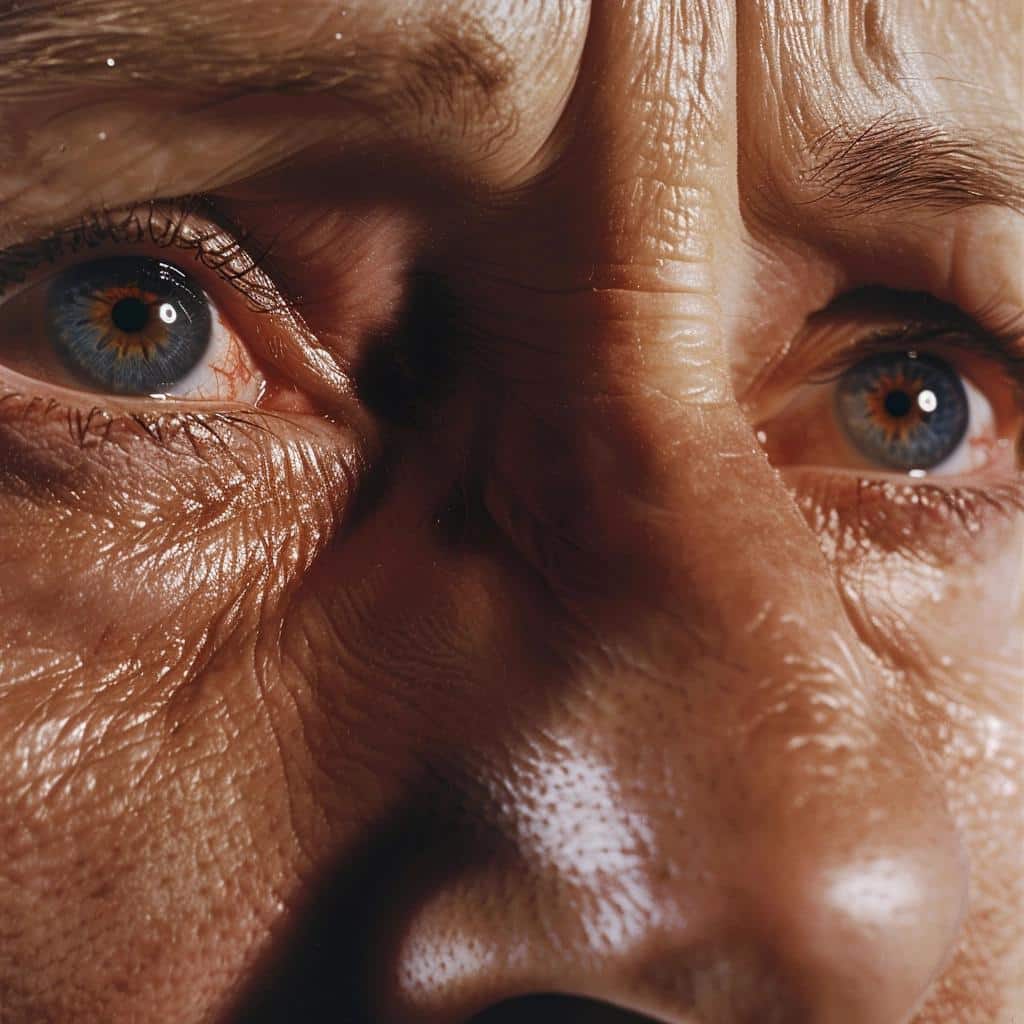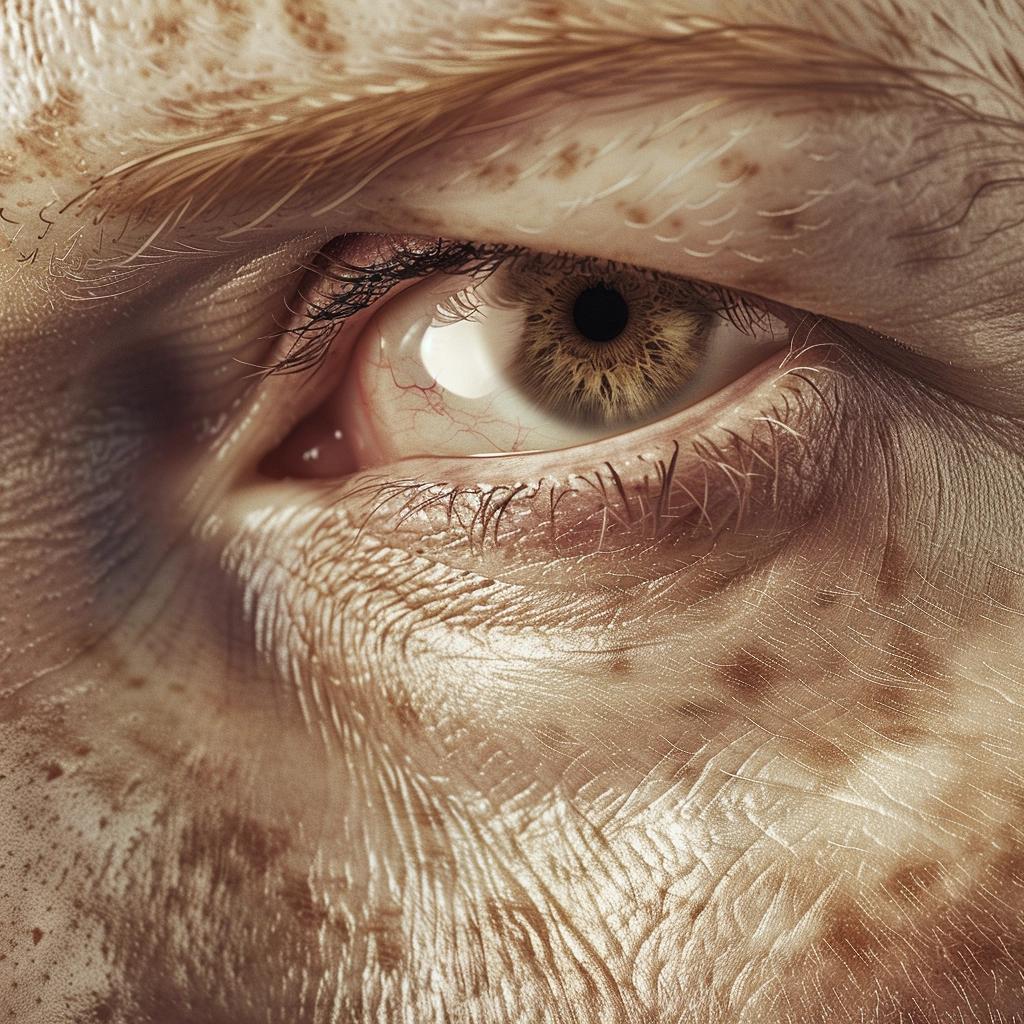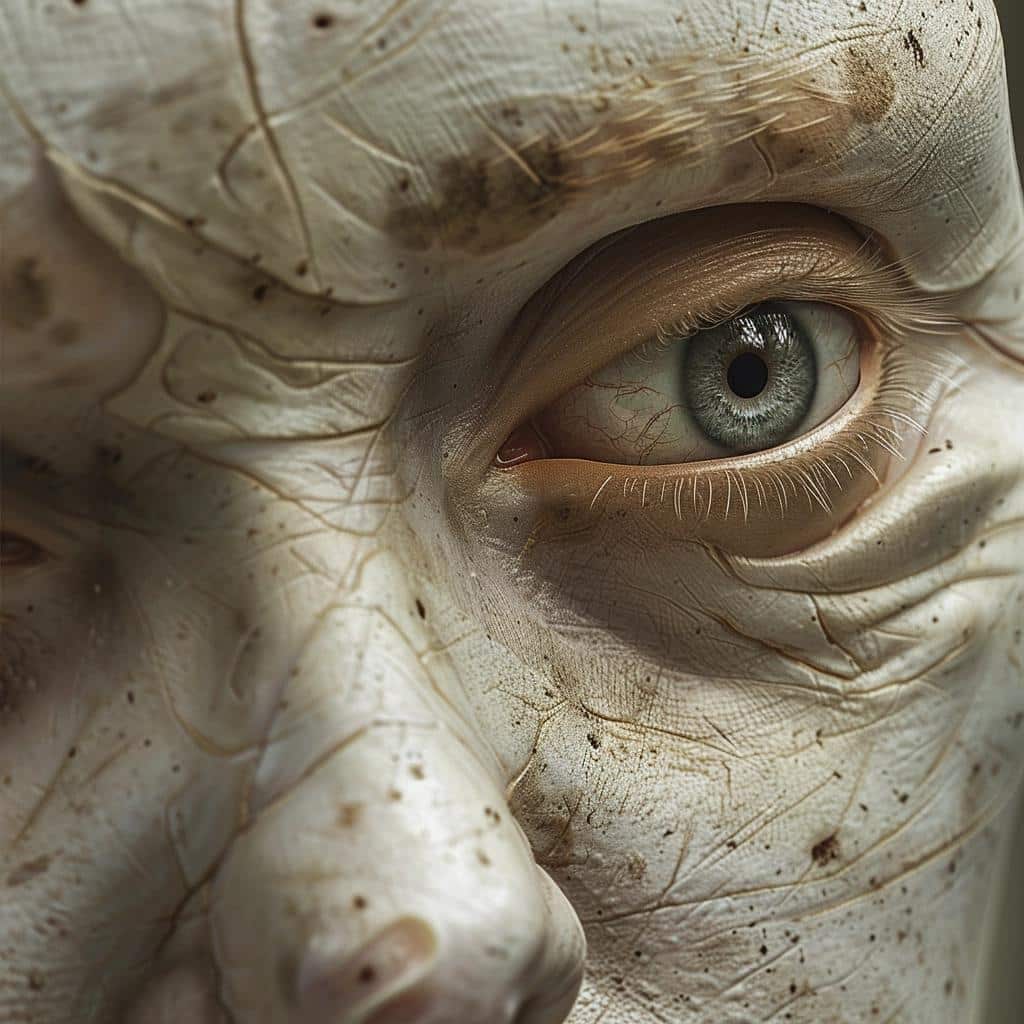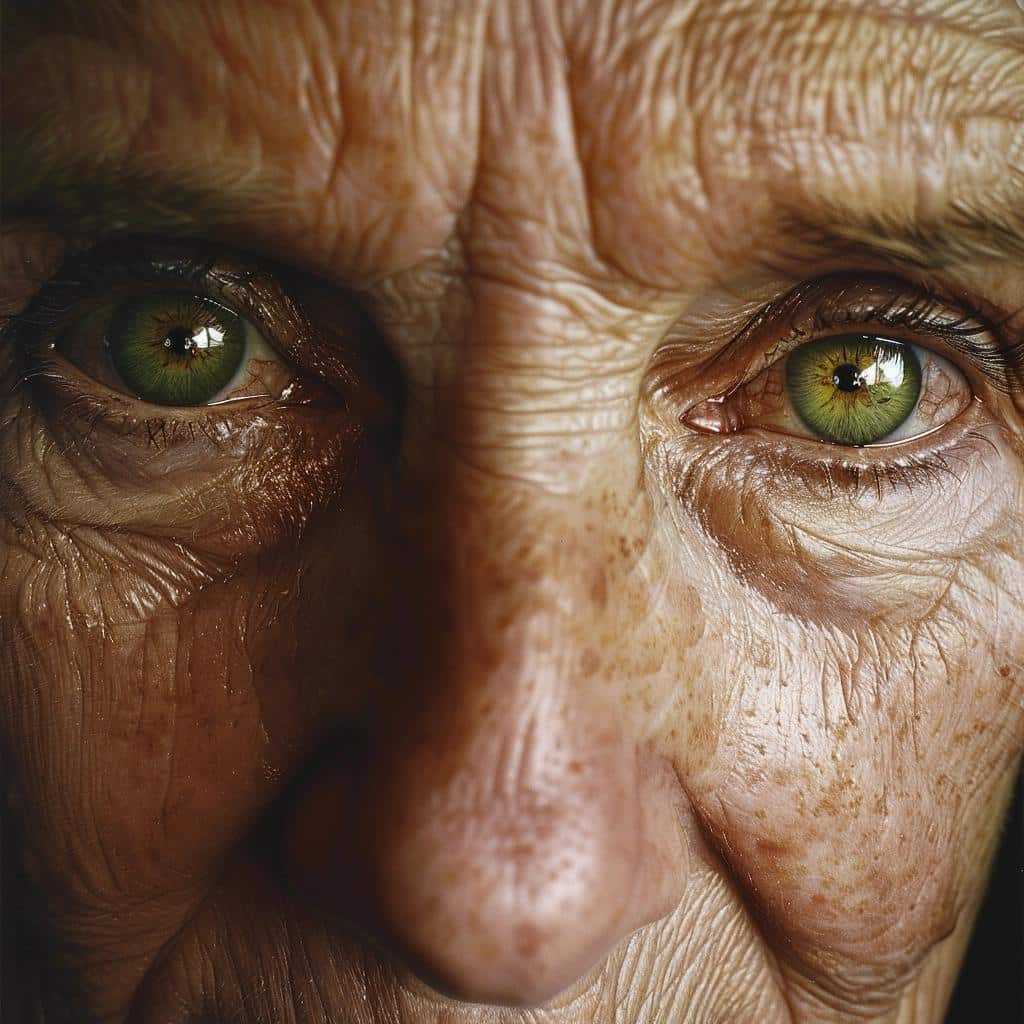Understanding the Botox Phenomenon
You’ve likely heard about Botox – the cosmetic procedure that promises to smooth out wrinkles and give you a more youthful appearance. But what you might not know is that Botox can have some surprising effects on your eyes, both positive and negative. Buckle up, folks, because we’re about to dive into the world of Botox and its impact on those peepers of yours.
Key Takeaways

– While some use Botox to reduce the appearance of crow’s feet and frown lines, it can also affect the muscles that control the opening and closing of the eyelids.
– There are potential risks to using Botox around the eyes, including droopy eyelids, dry eyes, and even vision problems.
– Alternatives like facial exercises, creams, and other non-invasive treatments can also help with eye rejuvenation without the risks of Botox.
The Anatomy of the Eyes and Botox
Before we dive into the nitty-gritty of how Botox affects your eyes, let’s take a quick anatomy lesson. Your eyes are surrounded by a complex network of muscles that control everything from blinking to squinting. When Botox is injected into these muscles, it temporarily paralyzes them, which is why it can smooth out wrinkles and lines.
However, these muscle groups are interconnected, and paralyzing one set of muscles can have unintended consequences on others. This is where the potential risks of Botox come into play, especially when it’s used around the delicate eye area.
The Surprising Effects of Botox on the Eyes

However, Botox can also affect the muscles that control the opening and closing of your eyelids. This can lead to a droopy eyelid (a condition called ptosis) or even difficulty fully opening or closing your eyes. Talk about a weird and potentially embarrassing side effect!
The Potential Risks of Botox for the Eyes

Additionally, if Botox is injected too close to the eye itself, it can potentially affect the muscles that control eye movement. This can lead to double vision, blurred vision, and other vision-related issues that can seriously impact your daily life.
Alternatives to Botox for Eye Rejuvenation
If the potential risks of Botox around the eyes have you feeling a bit squeamish, don’t worry – there are plenty of alternatives to consider. Facial exercises, creams, and other non-invasive treatments can help to reduce the appearance of wrinkles and fine lines around the eyes without the risk of paralyzed muscles.
Of course, these alternatives may not produce results as quickly or as dramatically as Botox, but they’re generally safer and can be part of a long-term strategy for maintaining a youthful appearance.
Maintaining Healthy Eyes in the Age of Cosmetic Procedures

If you do decide to get Botox around your eyes, make sure you go to a reputable, experienced provider who can properly assess your individual risks and take the necessary precautions. And don’t be afraid to ask questions or voice any concerns you might have – your eyes are too precious to take chances with.
Conclusion
Botox can be a double-edged sword when it comes to your eyes. While it can temporarily smooth out wrinkles and lines, it can also lead to some unintended and potentially risky side effects. As with any cosmetic procedure, it’s important to weigh the pros and cons and make an informed decision.
At the end of the day, taking good care of your overall eye health should be the top priority. Whether you opt for Botox, alternative treatments, or just good old-fashioned self-care, your eyes are the windows to your soul – so make sure you’re taking care of them!







